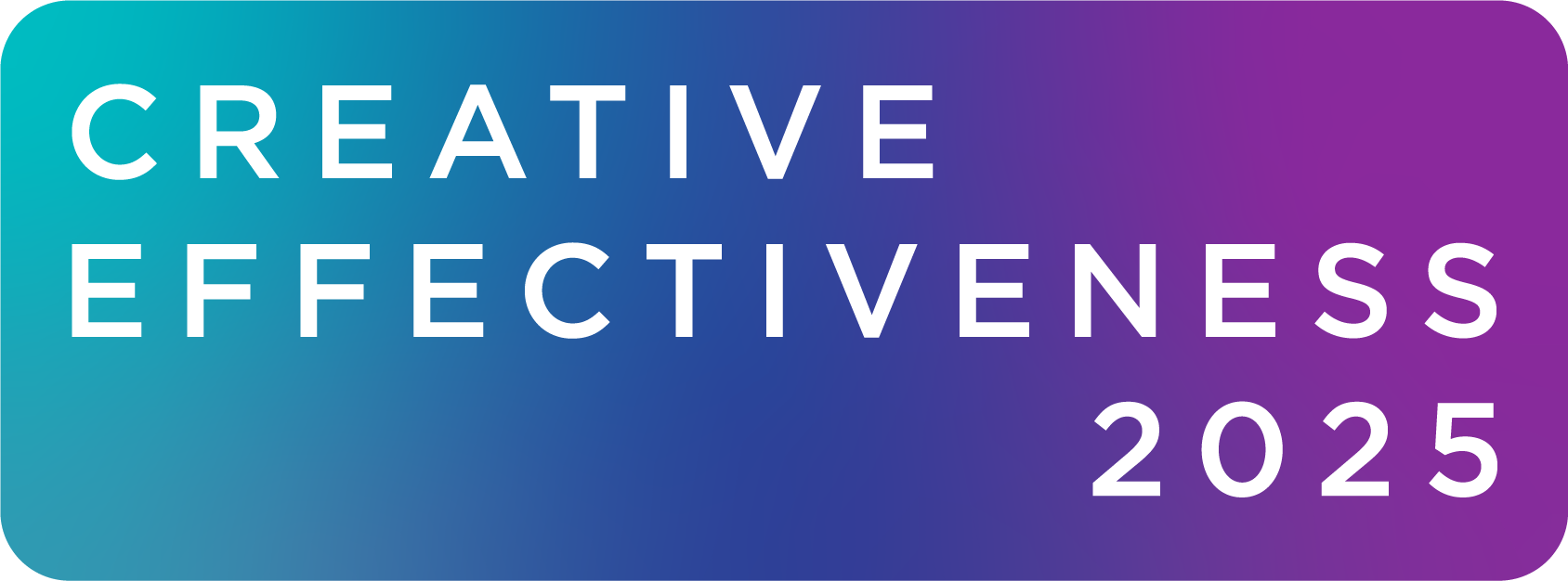This experiment, part of the ARF’s “Psychology of Gen AI” series, reveals how models like ChatGPT not only replicate human cognitive biases, such as loss aversion, but also compress variability into uniform patterns. This raises concerns for advertising researchers who rely on authentic insights into consumer behavior.
Member Only Access
Ever wonder about how consumers really respond to YouTube’s main ad formats—skippable ads, non-skippable ads and brand placements? This recent Journal of Advertising Research (JAR) study investigates. The findings show that while non-skippable ads boost brand recall, they also feel more intrusive. By contrast, brand placements and skippable ads create more positive brand attitudes. What’s more, when combined with placements, skippable ads can deliver recall levels on par with non-skippable formats.
Member Only Access
How do consumers respond to different calls-to-action (CTAs) in brand content? Can emojis amplify or diminish compliance? The findings in this Journal of Advertising Research study reveal that consumer-focused CTAs boost engagement more effectively than firm-focused ones, while heart emojis can counteract negative reactions and down-pointing emojis may backfire.
Member Only Access






















